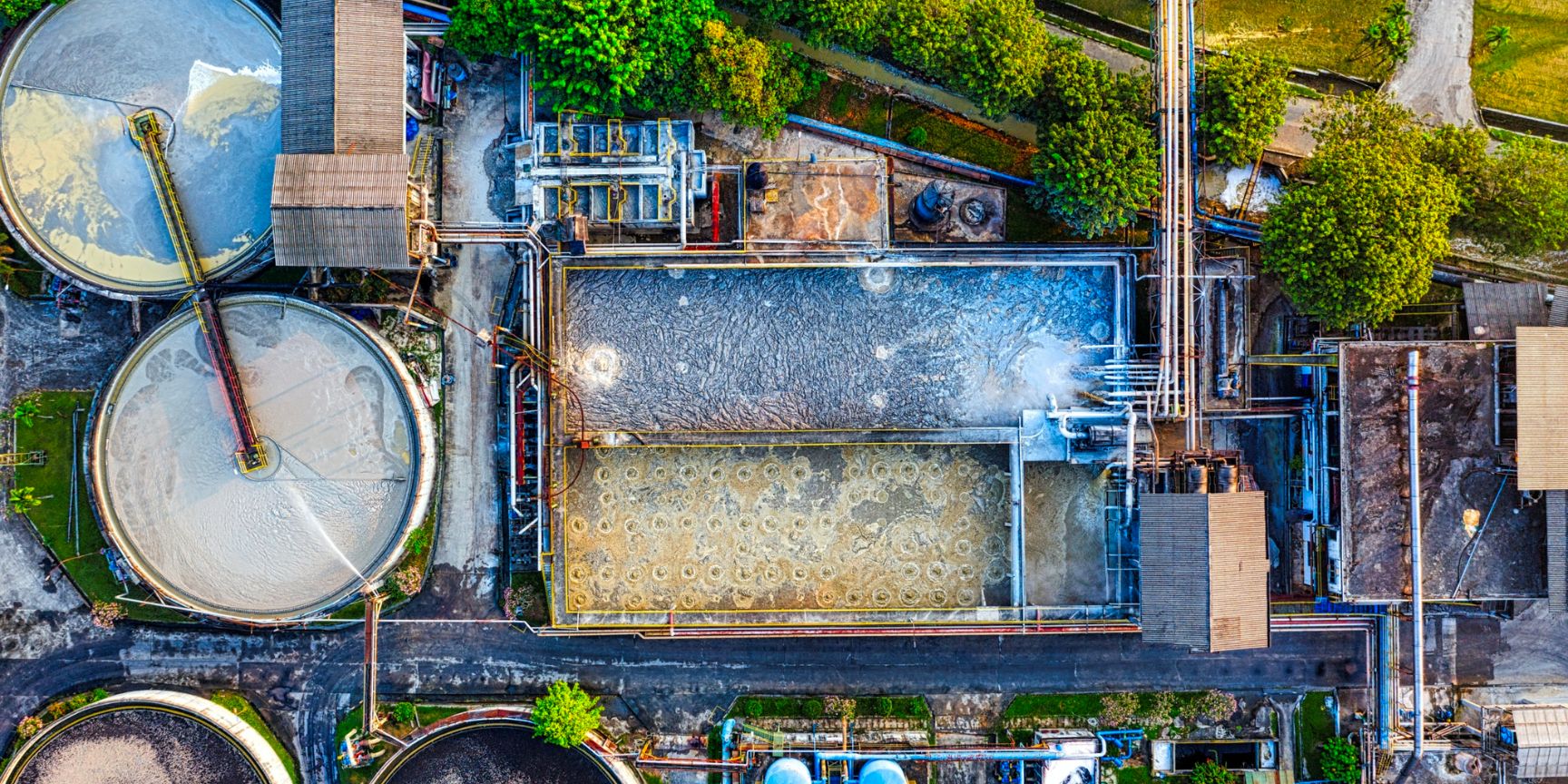
This feature is part of Cascade Energy’s “Decarbonize and Thrive” Series: an in-depth guide to the crucial paradigm-shift towards decarbonizing industrial energy.
As cities across the globe dive into decarbonization plans, the often-overlooked water and wastewater sectors hold tremendous potential to provide low-energy, low-carbon and climate resilient services. Water processing facilities are built to protect public health and accommodate worst-case scenarios. This often leads to energy inefficient operations, contributing substantially to greenhouse gas emissions.
Consequently, water and wastewater systems are having an impact, as either a support or a barrier to a city’s clean energy goals. With the right guidance, implementing pragmatic operational optimization and practical technological advancements can significantly reduce costs. Additionally, these measures elevate public service and environmental protection efforts. Municipalities bringing their water services along on the decarbonization journey stand to make huge gains.
The potential carbon footprint of water and wastewater services is clear and concerning. “Cleaning water is an energy intensive process,” said the Department of Energy, in their October 2022 Notice of Intent to Fund Research and Development to Decarbonize water Resource Recovery Facilities. “These facilities … are estimated to be directly and indirectly responsible for over 44 million metric tons (MMT) of greenhouse gas (GHG) emissions each year or the equivalent emissions from more than 9 million gasoline-powered passenger vehicles.” Lack of focus on decarbonizing water and wastewater facilities poses a serious barrier to a city’s broader decarbonization goals.
In San Antonio, SAWS (San Antonio Water System) is one of CPS Energy’s largest energy users. The city of San Antonio adopted a Climate Action and Adaption Plan (CAAP) in October 2019, setting a goal for San Antonio to achieve carbon neutrality by 2050. Given SAWS’ significant impact on San Antonio’s overall energy use and associated GHG emissions, effective energy management within SAWS was identified as integral to the city achieving the goals laid out in the CAAP.
SAWS is named two dozen times in the CAAP as a key partner in implementing plan strategies, demonstrating energy efficiency’s key role in a clean energy plan. Because of this, in 2021, Cascade Energy began a partnership with SAWS to be part of a Texas-sized solution.
Under the guidance of Cascade Senior Energy Coach, Matt Jensen, SAWS created energy teams, identified efficiency opportunities, and engaged in the process of helping the city achieve their carbon neutrality goal. Reducing energy demand can have a significant emission reduction impact. Additionally, it is more cost effective than meeting current demand through carbon-neutral sources.
Cascade professionals are experts in decarbonizing the life cycle of a water system. Engineers and coaches employ Energy Sensei, our energy management tracking, reporting, and projecting software, to integrate a plant’s energy usage/cost data with operational intelligence. Teams are then creating customized strategies that empower intelligent, targeted energy efficiency and carbon-reduction efforts.
“Significantly decarbonizing water and wastewater requires more than a sustainably-designed administration building or a solar-covered parking area,” says John Rosenblum, a Cascade Energy Senior Water/Wastewater Engineer and subject-matter expert. “Our approach is to engage operators, superintendents, and Public Works directors in SEM (Strategic Energy Management) planning that is based on the specific details of their treatment plants.” Cascade’s team tours the facility with the operators to identify efficiency improvements, guiding them in the months to come through in-depth defining, prioritizing, and field testing.
Energy-intensive treatment and distribution systems are prime opportunities for carbon-reduction gains. For example, every water source has a distinct energy cost to produce and distribute water. By helping cities understand the energy intensity of their water sources, and shift production to lower-cost sources, they can significantly reduce their carbon emissions with minimal capital investment. Similar gains can be made by analyzing how and when water is distributed throughout the system. This leads to maximizing use of water storage, reducing dynamic head losses, and improved water quality.
These small but significant steps towards decarbonizing water and wastewater are crucial to a city’s goal to decarbonize and thrive. Leveraging water/wastewater energy optimization is an important part of that journey. Cascade’s experts are prepared to be your trusted guides.
Let’s work together for a sustainable future – connect with us today!